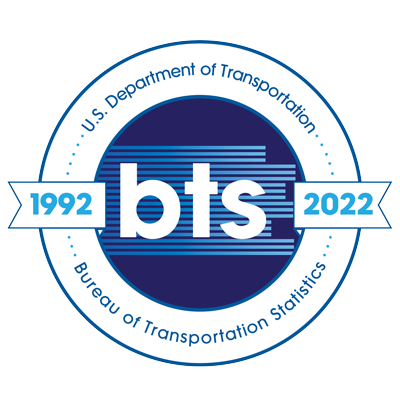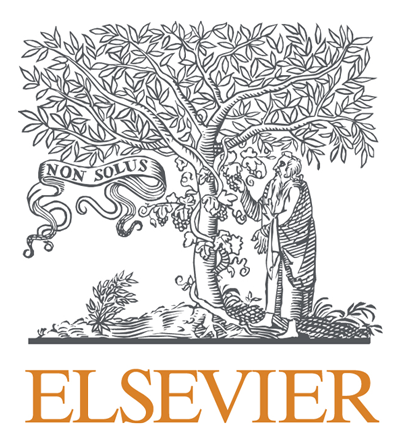The (in)visibility of robotics and the interfaces of urban robotic regulation
Topics:
Keywords: Urban robots politics interfaces
Abstract Type: Paper Abstract
Authors:
Aidan While, University of Sheffield
Jennie Day, University of Sheffield
Simon Marvin, University of Sheffield
,
,
,
,
,
,
,
Abstract
There is growing interest in, and experimentation with, robotics in the public realm of cities in the form of drones, service robots and autonomous vehicles (and more) to serve interests in policing, surveillance, security, logistics and mobility management. Literature on the distinctive robotic element of AI urbanism has highlighted the inherently material and kinetic properties of robots. Robots are (largely) a visible presence, they pose a potential physical threat, the public realm and its regulation needs to be reconfigured to make space for them. However, the work that robots might do is not always so visible. This is captured in Sumartojo et al’s (2022) framework for understanding robotic spatial disruption through logics of predictability, portioning and connection, including their role in co-constituting new forms of datafied space. In this paper we focus on the implications of relationships of robot visibility-invisibility for emerging public debate and institutional regulation of unfolding robot-city interactions. Drawing on a range of international examples we explore what is being grasped and what is unsaid in the design and regulation of urban robotic interfaces and its possible implications. The broader question is what matters and why as geographers engage with the extended application of robotics.
The (in)visibility of robotics and the interfaces of urban robotic regulation
Category
Paper Abstract








